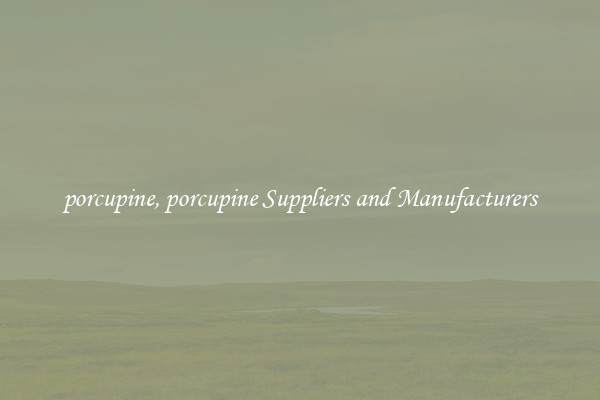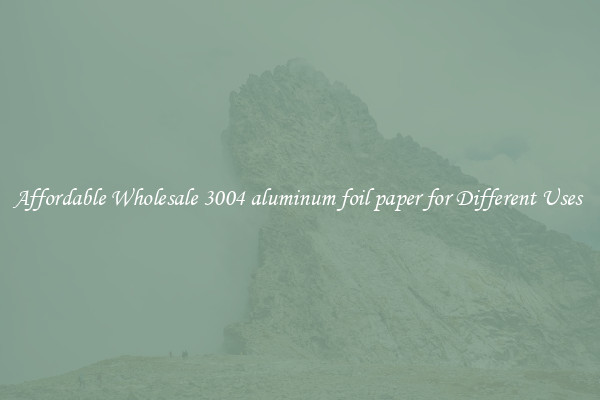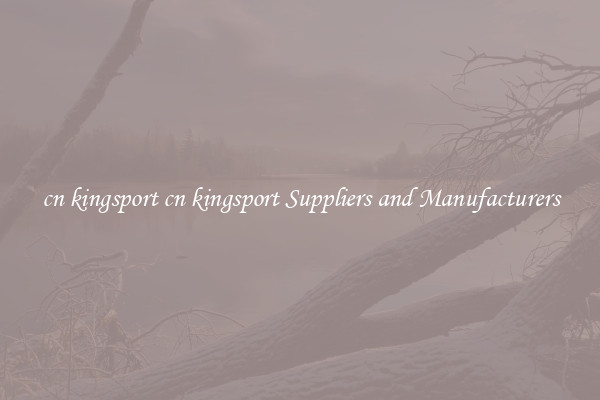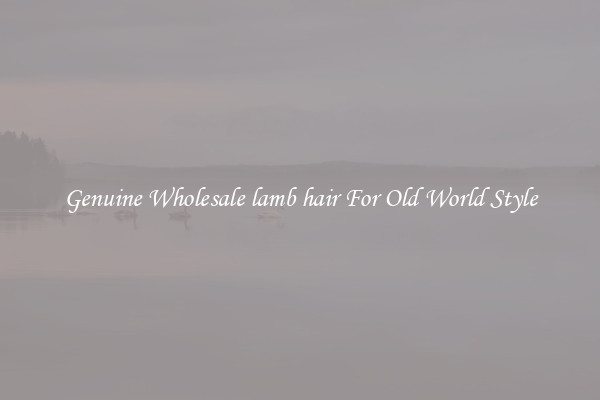porcupine, porcupine Suppliers and Manufacturers
Porcupines are unique creatures that have captured the fascination of humans for centuries. Known for their sharp and quill-covered exteriors, these small mammals are native to various parts of the world, including Africa, Asia, Europe, and the Americas.

Despite their prickly appearance, porcupines are generally docile creatures that prefer to avoid conflict. They rely on their quills for defense, which are sharp, barbed, and provide excellent protection against potential threats. When threatened, a porcupine can raise its quills to appear larger and intimidate predators.
Interestingly, porcupine quills have several uses beyond protecting the animal. For centuries, indigenous cultures have utilized these quills for various purposes, including crafting jewelry, clothing, and traditional weaponry. Today, porcupine quills still hold value in certain communities as cultural symbols or elements for creative expression.
Porcupine suppliers and manufacturers play a crucial role in providing these quills to fulfill both cultural and commercial demands. They work to ensure a sustainable supply of porcupine quills by partnering with local communities and implementing responsible harvesting practices. These practices often involve collecting naturally shed quills or ensuring humane methods of procuring them without causing harm to the animal.
Moreover, porcupine suppliers and manufacturers often collaborate with artisans and craftsmen to produce a wide range of products. From earrings and necklaces to hair accessories and decorative pieces, these quills are transformed into unique and eye-catching fashion items. The intricate patterns and natural colors of porcupine quills add a distinctive touch to any accessory, making them highly sought after by individuals looking for one-of-a-kind pieces.
As consumer demand for sustainable and eco-friendly products continues to rise, the porcupine industry faces the challenge of finding alternative materials to replicate the aesthetic appeal of quills. Some manufacturers have started experimenting with synthetic materials that mimic the texture and appearance of porcupine quills, reducing the need for animal-based products.
However, it is important to strike a balance between conservation efforts and the cultural significance of porcupine quills. Sustainable practices, such as supporting local communities and protecting porcupine habitats, should be prioritized to ensure the long-term survival of these fascinating creatures.
In conclusion, porcupines and their quills have captivated humans for centuries. With their unique appearance and versatile applications, porcupine quills continue to be highly valued by both indigenous communities and the broader market. While synthetic alternatives are being explored, responsible harvesting and sustainable practices remain critical in preserving the cultural significance and ecological well-being of the porcupine industry.

View details

View details

View details

View details








